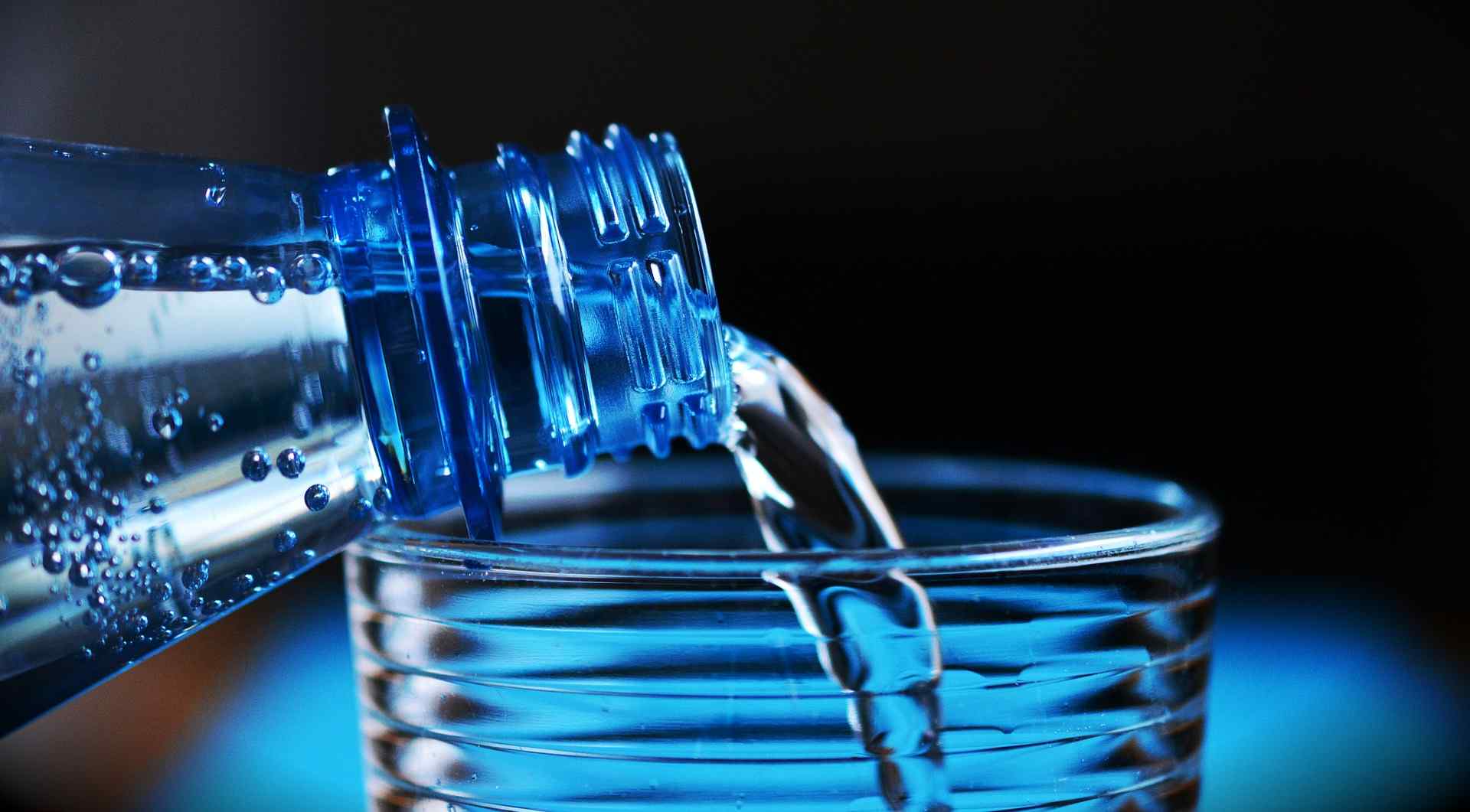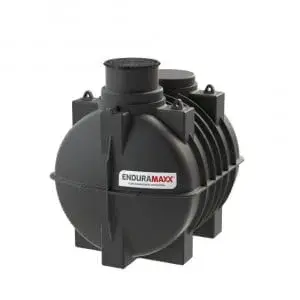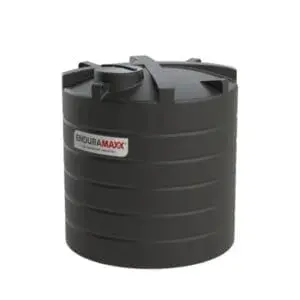
Drinking water should be refreshing, not unnerving. Tank maintenance is central to getting the water hygiene and quality standards right, and it’s surprisingly simple once you know what to do. Here’s a quick guide to cleaning a drinking water tank!
But Firstly… Why?
Water contains many minerals, compounds, and microorganisms, and some of these can cause problems for human and animal health. One of the most serious is the bacterium Listeria, which causes a flu-like intestinal illness that can be fatal in some cases. Like many water-borne pathogens, Listeria thrives because of the conditions of the water storage unit. Stagnant water allows the Listeria bacterium to multiply and grow. Water tanks are also vulnerable to algae, some species of which can be toxic.
1) Drain The Tank
All water tanks have a drainage nozzle, which will be located near the base. It’s advisable to direct the water onto a garden or into a water baffler so as not to waste it. Draining the tank can takes 30 minutes to an hour, although it can be longer if the tank has a large 30,000 litre capacity.
2) Scrub The Interior
Scrubbing the interior of a water tank is the same as doing any washing up. Simply take some detergent and a brush and use warm water to clear the sides of any grime or debris. If the tank is large, a pressure hose will do the same job in half the time. Be sure to pay attention to any areas where ‘sludge’ – soluble solids left behind by the water – may have collected.
3) Rise The Tank
Nobody wants bubbles in their water supply, so hosing the tank down is important. To rinse the tank, use a watering can, garden hose, or pressure washer. The aim is to remove any loosened particles as well as the detergent residue. Alternatively, fill the tank with hot water and leave it to sit for a few hours, as this will dissolve the detergent and kill any bacteria.
4) Disinfect The Pipes
Disinfection is very important in water safety. Pipes can harbour clusters of bacteria, especially in areas with limescale in the water, so they need to be sanitised regularly and thoroughly. Use an anti-bacterial spray or bleach to ensure complete eradication. Apple cider vinegar mixed with baking soda is a good eco-friendly alternative for small tanks in offices, schools, and workshops.
5) Drain, Fill, And Flush
To finish, drain the disinfectant and fill the tank with clean water from the mains or your rain harvesting system. Leave this to sit for at least half an hour to allow the water to absorb any remaining bleach particles. After 30 minutes, flush the system, and admire the gleaming results.
How Often Should I Clean A Water Tank?
Water tanks should be cleaned annually. However, if you have a tank that is not often used, it’s a good idea to do it more frequently. The health and safety risks of water tanks come from stagnant water, so if the taps haven’t been turned on in a while it’s sensible to give it a hose down.
What Next?
At Enduramaxx, our experienced team can offer advice and guidance about water tank maintenance, and we also supply tanks designed to make cleaning easy. For more information, get in touch today by calling 01778 562810.
Image Source: Pixabay
Posts By Topics
- Blog (303)
- Chemical Storage Tanks (118)
- Chemical Dosing Tanks (114)
- Chemical Tanks (114)
- Water Tanks (58)
- Rainwater Harvesting Tanks (43)
- Vertical Rainwater Tanks (31)
- Vertical Storage Tanks (31)
- Cone Bottom Tanks (19)
- Conical Cone Tanks (18)
- Rainwater Harvesting (17)
- Water Bowsers (15)
- Horizontal Tanks (14)
- Potable Water Tanks (13)
- Farming (9)
- Case Studies (8)
- Industrial Storage Tanks (7)
- Liquid Fertilser Storage Tanks (6)
- WRAS Approved Potable Tanks (6)
- Wine and Beer Production (6)
- Horizontal Transport Tanks (5)
- Microbrewery (5)
- Rainwater (5)
- Category 5 Break Tanks (4)
- Cider Production (4)
- Mixer Tanks (4)
- Molasses Tanks (4)
- Polyethylene tanks (4)
- Rainwater Filter Kits (4)
- SPECIALIST & BESPOKE TANKS (4)
- Bunded Tanks (3)
- Slimline Tanks (3)
- WRAS Approved (3)
- Clarification Tanks (2)
- Crosslinked Polymer Tanks (XLPE) (2)
- Fertiliser Tanks (2)
- Sump Tanks (2)
- Tank Installation (2)
- Water Butt (2)
- underground water tanks (2)
- ACCESSORIES & FITTINGS (1)
- ATV & UTV SPRAYING UNITS (1)
- Above Ground Effluent Tanks (1)
- Bespoke Tank Frames (1)
- Category 5 Turret (1)
- Caustic Soda Tanks (1)
- Closed Top Bunded Tanks (1)
- Craft beer (1)
- Effluent Tanks (1)
- Enduramaxx (1)
- Ferric Chloride Tanks (1)
- Fire Safety Regulations (1)
- Fire Sprinkler Water Storage Tanks (1)
- Industrial Water Tank (1)
- Open Top Bunded Tanks (1)
- Open Top Cone Tanks (1)
- Open Top Vertical Tanks (1)
- Polyethylene Potable Water Tanks (1)
- Polyvinylidene Fluoride (PVDF) Tanks (1)
- Polyvinylidene Fluoride Tanks (PVDF) (1)
- Pressure Washers (1)
- Pro Series Spot Sprayers (1)
- RWH (1)
- Sodium Hydroxide Storage Tanks (1)
- Sprayer Fill-up Tanks (1)
- Uncategorised (1)
- liquid fertiliser tank (1)
Sign up to the newsletter
enduramaxx.marketing
Related Posts
6 Reasons to Choose ‘Made in UK’ Rainwater Tanks
Buying your own rainwater tank is a great idea. Not only will it save you money on your water...
Flood Relief & Rainwater Attenuation Tanks
Rainwater attenuation tanks & storm flood relief tanks can be used to manage and control the flow...
What Is a Compost Tea Brewer & Its Benefits? - Enduramaxx Ltd
Whilst it’s certainly not the type of tea you’d want to drink, compost tea is a highly nutritious...
Related Products
From £1,080.00 inc. VAT
£900.00 exc. VAT
From £1,344.00 inc. VAT
£1,120.00 exc. VAT
From £768.00 inc. VAT
£640.00 exc. VAT
£480.00 inc. VAT
£400.00 exc. VAT






